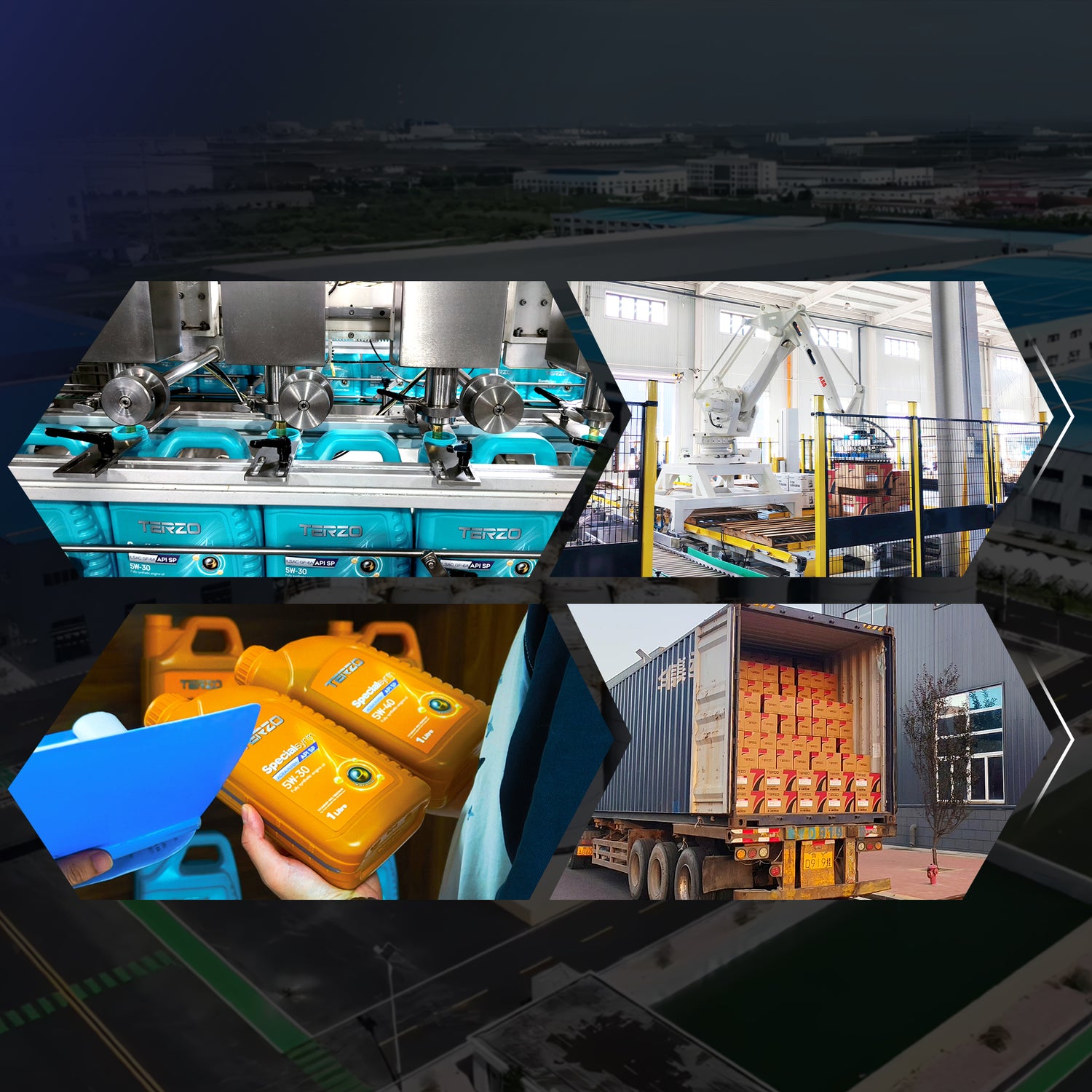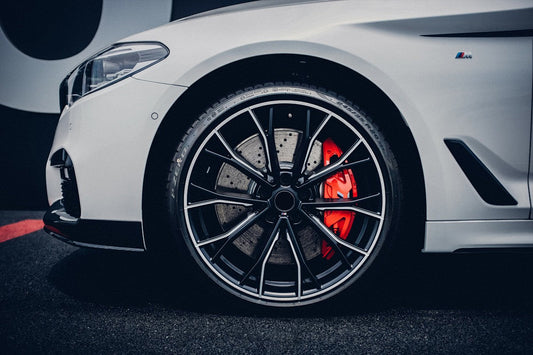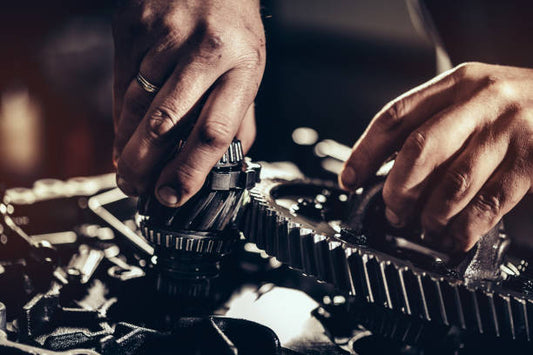
API SQ Lubricant Standard: Exploring Tech Upgrades and Industry Impact
I. API SQ Overview & Key Advancements
The API SQ standard, succeeding API SP and launched alongside ILSAC GF-7 on March 31, 2025, addresses modern high-performance engines (especially turbocharged GDI) while complying with U.S. EPA 2026 fuel economy and emission rules. Core upgrades include:
Low-Speed Pre-Ignition (LSPI) Protection: New aged-oil Sequence IX test suppresses abnormal combustion in turbo engines under low-RPM/high-load conditions, reducing knock risks.
Timing Chain Wear Control: Optimized anti-wear additives cut chain wear by 15-20%, extending engine life.
Ultra-Low Viscosity Support: SAE 0W-8/0W-12 grades reduce friction, boosting fuel efficiency by 5-8% vs. conventional oils.
Emission Compliance: Sulfated ash cap at 0.9% protects Gasoline Particulate Filters (GPF), slashing particulate emissions.
II. Technical Specs & Testing Requirements
High-Temperature Oxidation Resistance: 30% better deposit control (ASTM D7097) via PAO/ester base oils + advanced antioxidants.
Low-Temperature Fluidity: Pumping viscosity ≤4,000 mPa·s at -40℃ (ASTM D5293), ensuring Arctic cold-start protection.
Detergency: Meets TEOST 33C (≤30mg deposits), minimizing sludge buildup.Fuel
Economy Certification: ILSAC GF-7A (“Starburst”) for economy vs. GF-7B (“Shield”) for performance.
III. Industry Response & Market Trends
Tech Prep: Brands like Deneng Lubricants released API SQ-compliant synthetics with organic molybdenum anti-wear agents, targeting 2026 model years.Certification Overhaul: API 1509 Edition 23 integrates ILSAC GF-7, requiring rig tests (Sequence IX LSPI) and TBN/ash analysis.
Market Segmentation:
0W-16: Hybrids (Japanese/American models).
5W-40: German performance engines.
IV. Environmental & Industry Impact
Emission Goals: Aligns with EPA Tier 4, reducing sulfur/phosphorus for carbon neutrality.
Global Reach: Asia-Pacific (e.g., Indonesia) to drive adoption; synthetic oils to dominate 60%+ market by 2028.
User Benefits: Extended drain intervals (20,000 km), fewer engine failures.
V. Challenges & Future Outlook
Tech Barriers: Small manufacturers face costs for ICP spectrometers and production upgrades.
Compatibility Risks: Older engines may suffer low oil pressure with ultra-low viscosities (user education critical).
EV Adaptation: Potential sub-standards for hybrid/electric drivetrain lubrication.
Recommendations:
OEM: Update manuals to specify API SQ/GF-7 oils.
Users: Monitor oil health via refractometers or TERZO lab services.
Regulators: Harmonize API SQ with ACEA/JASO for cross-border trade.
The API SQ era marks a "high-performance + low-emission" leap, reshaping global lubricant competition. 🛢️⚡






